Make your own cannabis anti-pain ointment
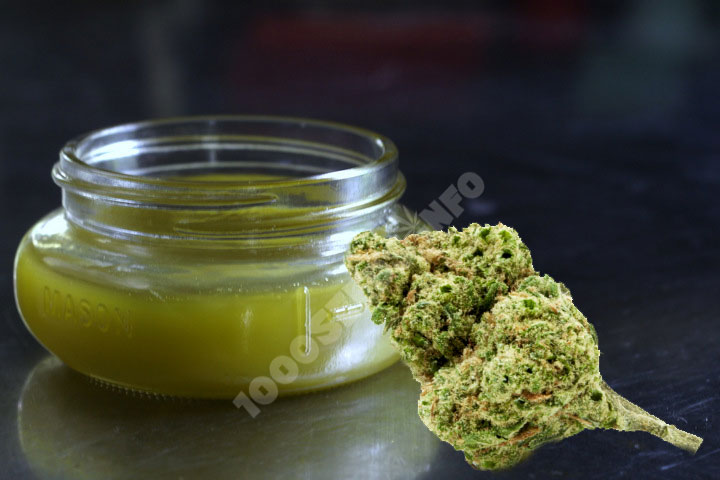
As early as the Romans, cannabis was used to treat a variety of ailments, for example as an analgesic and anaesthetic. But other peoples in world history are also known to have used cannabis ointments and tinctures topically. Today, however, cannabis is illegal in many parts of the world, but it is being released for medicinal purposes in more and more states. In these countries in particular, the benefits of cannabis are now being scientifically researched and the topical application of cannabis has been shown to have anti-inflammatory, analgesic, antibacterial and other positive health properties. Cannabis products are effective for skin diseases and allergies, multiple sclerosis, wound healing and especially for pain treatment. Cannabis can be used on its own, but it also enhances the analgesic effect of opiates and can thus at least contribute to a reduction in medication.
Why the topical (external) use of cannabis?
Cannabis-infused ointments are more than a normal cream. Although topicals are absolutely not psychoactive (it is impossible to get "stoned" after rubbing them in) they still have the analgesic and anti-inflammatory properties of cannabis. This is why arthritis is also one of the main uses of cannabis topicals, as this pain is caused by inflammation. Both THC and CBD, the main components of cannabis, have anti-inflammatory and analgesic effects and can be combined with other medicinal plants. The use of topicals stimulates the cannabinoid receptors locally and also stimulates the blood circulation, thus eliminating existing toxins more quickly.
Through external application, a painful target area can be directly addressed by absorbing the active ingredients in the affected area through the skin, so it is a minimally invasive treatment method.
The skin is one of our largest organs, it is capable of absorbing medicinal agents and excreting toxins. It often makes sense and is much more effective to apply the active ingredients directly to the area to be treated and let them take effect locally.

Which varieties are suitable for the production of topicals?
In principle, all cannabis varieties are suitable for the production of ointments and creams, but are Indicas and indicadominant hybrids are usually more suitable for relieving cramps and pain and relaxing muscles due to their higher CBD content.
Making your own cannabis pain ointment
To make the cannabis salve, you will need a cooking pot, a casserole dish, a cloth or coffee filter and a cooking spoon.
Ingredients:
- 25-50g cannabis (flowers, leaves, plant material)
- 2 cups coconut oil
- 25g beeswax
Manufacture:
- Pour the 2 cups of coconut oil into a saucepan and heat slowly over low heat on the cooker.
- Preheat the oven to 90°C and decarboxylate/heat the chopped cannabis (coarsely grind, chop but do not powder!) in a baking dish for 10 minutes.

- After 10 minutes, remove the cannabis from the tube and add to the warmed coconut oil in the pot.
- Simmer the coconut oil-cannabis mixture on the cooker for 1-2 hours on the lowest setting, the longer the better. Stir the mixture well every 10 minutes and keep an eye on it, it should not boil.

- After simmering, the marijuana-oil mixture is poured through a cloth or coffee filter to filter out the plant parts.

- Now the filtered cannabis oil is heated slightly and the beeswax in it is melted and mixed with the oil.

- The mixture is now removed from the stove and can be mixed with other natural active ingredients, such as 5 drops of camphor oil, 5 drops of peppermint oil or 5 drops of eucalyptus oil, 5 drops of lavender oil, arnica, ginger or clove oil.
- The still warm and liquid cannabis ointment mixture can now be filled into sealable storage containers. After cooling down, the topical should be stored in the refrigerator, but not frozen!

Hint:
Depending on whether the cannabis ointment is to have a firmer or more liquid consistency, more beeswax or oil is added accordingly. The wax makes it firmer, the oil makes it more liquid.
Application of the Cannabis Pain Ointment
Once the cannabis ointment has set, it can be applied to the relevant regions. Although the effect may last longer, the ointment should be applied every 6-8 hours. The application should be continued for at least 2 weeks.
This might also interest you:
- Cannabis cosmetics, medicinal ointments and creams with cannabis, cannabis spa (1st part)
- Cannabis cosmetics, medicinal ointments and creams with cannabis, cannabis spa (2nd part)
- Cannabis -Spa (3rd part): Kaneh Bosem - the holy anointing oil from the Old Testament
- Make your own cannabis spa (Part 4): Marijuana lotion bars
- Cannabis Spa (Part 5): Making your own cannabis creams and marijuana lotions
<<mehr zum Thema Cannabis als Medizin>>
Medical disclaimer
The information on this website is for general information purposes only and is not to be equated with medical or legal advice. We do not wish to encourage anyone to consume or use drugs illegally. Please consult your doctor/health care provider before using any products/methods referenced or linked to on this website.








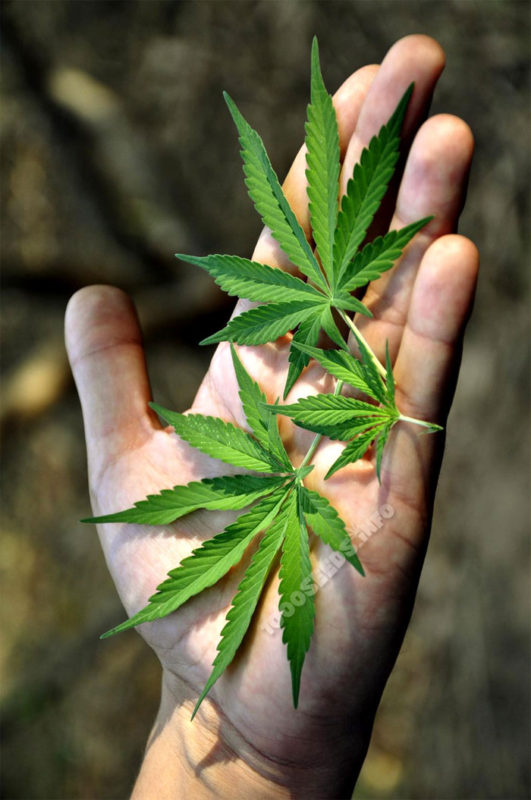
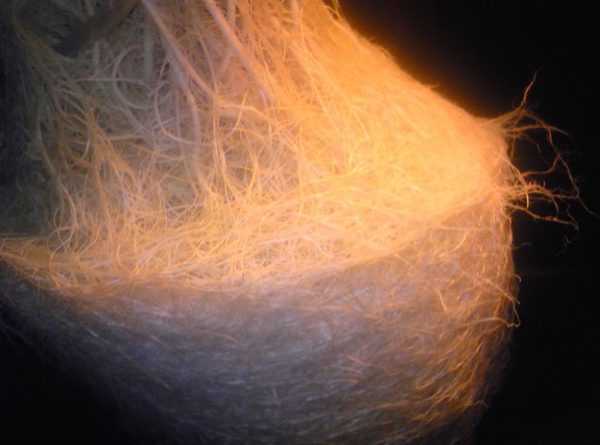
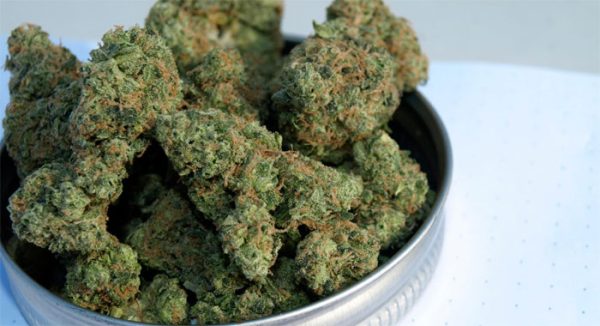

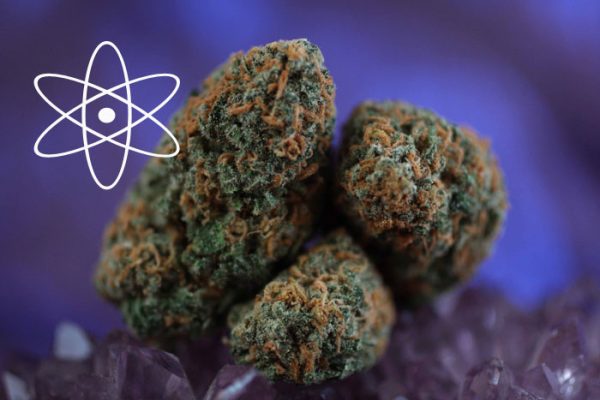
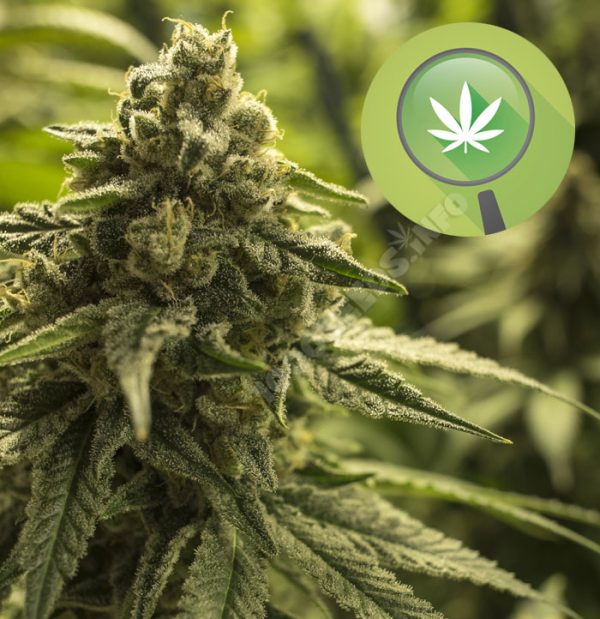
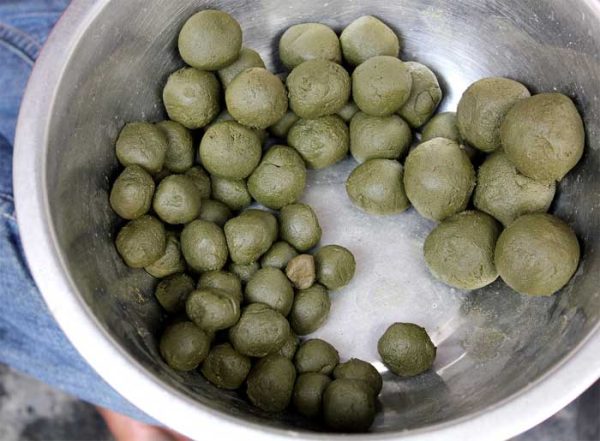

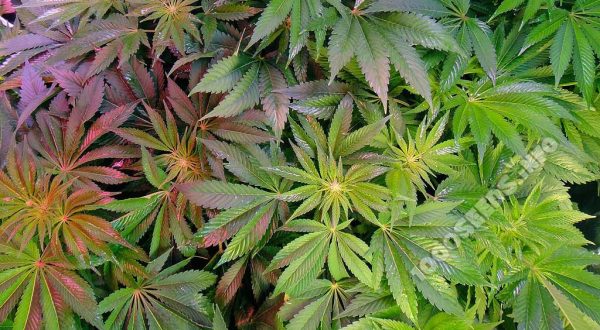


I would like to make this pain ointment, but I am not quite sure whether the canabis should be dry or fresh!
LG
Hola,
thank you for asking. It should have dried by now.
Saludos
Hello to all!
I have now registered to report my experiences with the ointment here.
First of all, let me say right away, SHE WORKS AMAZING!
I have been suffering from neuropahtic pain in my leg for a long time. Nothing, absolutely nothing has helped me. Even opioid-based tablets often only dull the pain. It's a real pain when you can only walk a few steps. No orthopaedist, no neurologist was able to help me.
Well, I'm already a little older. And I came across cannabis through my nephew. That's when I started reading up on the subject and have now become a strong advocate of its release 😉 .
The first time I tried this recipe, I strictly followed the directions. My first attempt in this field. And already the first herbal cream was very appealing and helped.
A few days ago I started the second attempt and modified it a little for myself.
I used 30 grams of first-quality blossoms for 450 grams of coconut oil. They were in the oven for 20 min. at exactly 110 degrees. I put in my temperature knife for meat 🙂 And in my food processor the whole thing was then made into marjoram.
Then in the steamer (water bath) at 90 degrees Celsius let the whole thing simmer for about 4 hours.
I don't know exactly how many grams of beeswax pastilles I took. Maybe between 5 and 7 grams. Everyone has to decide for themselves.
Yes, and then I really went to the trouble of using really good C02 extracted essential oil.
You can get it here: http://www.feeling.at/shop/ingwer-co2-extrakt-zingiber-officinale.html
For me, ginger and arnica.
Oh yes, before that, everything went through a very fine kitchen sieve to remove the herbal residues.
When it cools down, the small sediments that remain settle at the bottom.
And that's it.
All I can tell you is. The cream really works wonders. I now even use it as an emergency ointment when it hurts. My husband uses it for his sore back.
I hope I have been able to encourage you a little. To the pain-stricken here. Just try it out.
Oh yes, I would not fill the still liquid cream into a bottle. I have airtight Glasslock containers. You can reach into them much better and get everything out of a 450 ml container. Then chill the cream in the fridge.
Hello, I am also planning to make this cream myself soon,
I've already read above that the cannabis is supposed to be dry,
But really just dry, or completely fermented?
I want to make it from leaves, trim and popcorn buds. Leaves can't really be fermented anyway, but the buds theoretically can.